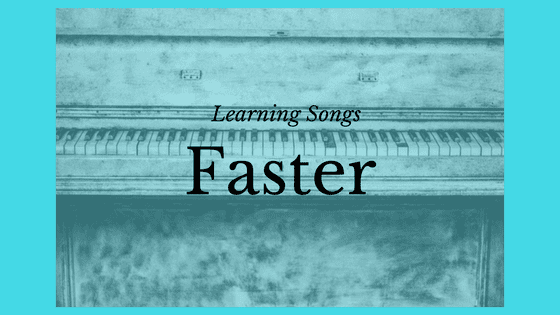The hardest part of practicing the piano is finding the time.
In our busy world, it is not always easy to set aside 30 minutes a day to practice the piano. In addition, the fact that the piano is often practiced solo (not in a group setting) only exacerbates the situation.
I’ve learned over the years of playing and teaching that the problem lies in direction rather than time. Often, students can find a few minutes here or there to sit at the piano. However, without a clear direction to follow, students will get bored and practice less and less.
In fact, a focused 10 minutes a day of practice can produce real results in your piano playing only if you are focused.
This chart shows you a breakdown of focus challenges that our students have submitted.
You’ll see that a lack of direction is by far the biggest challenge.
In our chart, not having time is on par with being bored. Again, I believe that the less direction you have in your practice, the more you become bored and the easier it is to give up and say that you “don’t have the time to practice.”
So how do we improve our practice?
The first step in improving your practice routine is to have lesson structure. By categorizing lessons as foundational and fun’dational, the Jazzedge method gives you the ability to focus your piano practice.
Start by dividing your time equally between working on foundational material like scales, technique, reading and fun’dational material like songs and repertoire.

